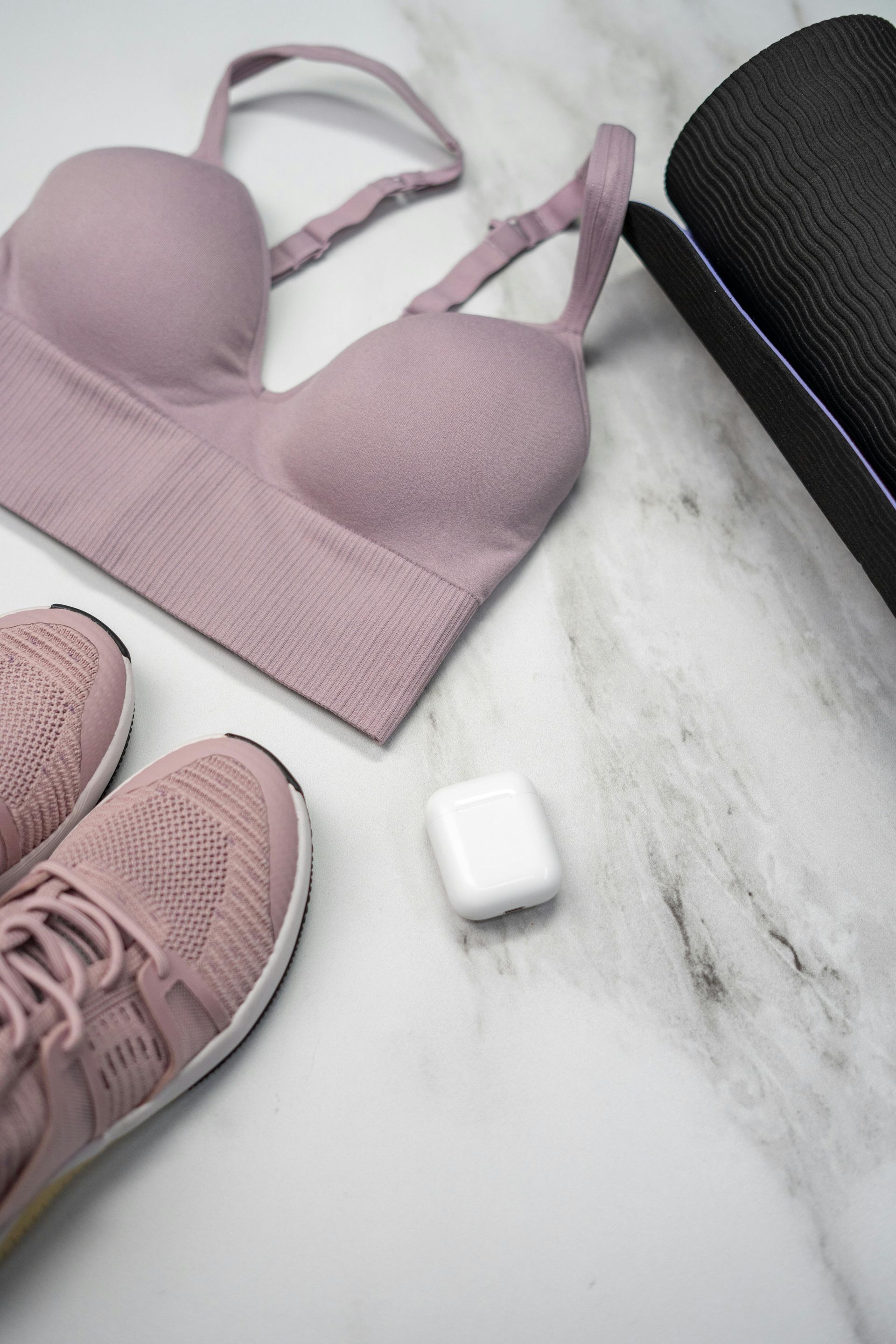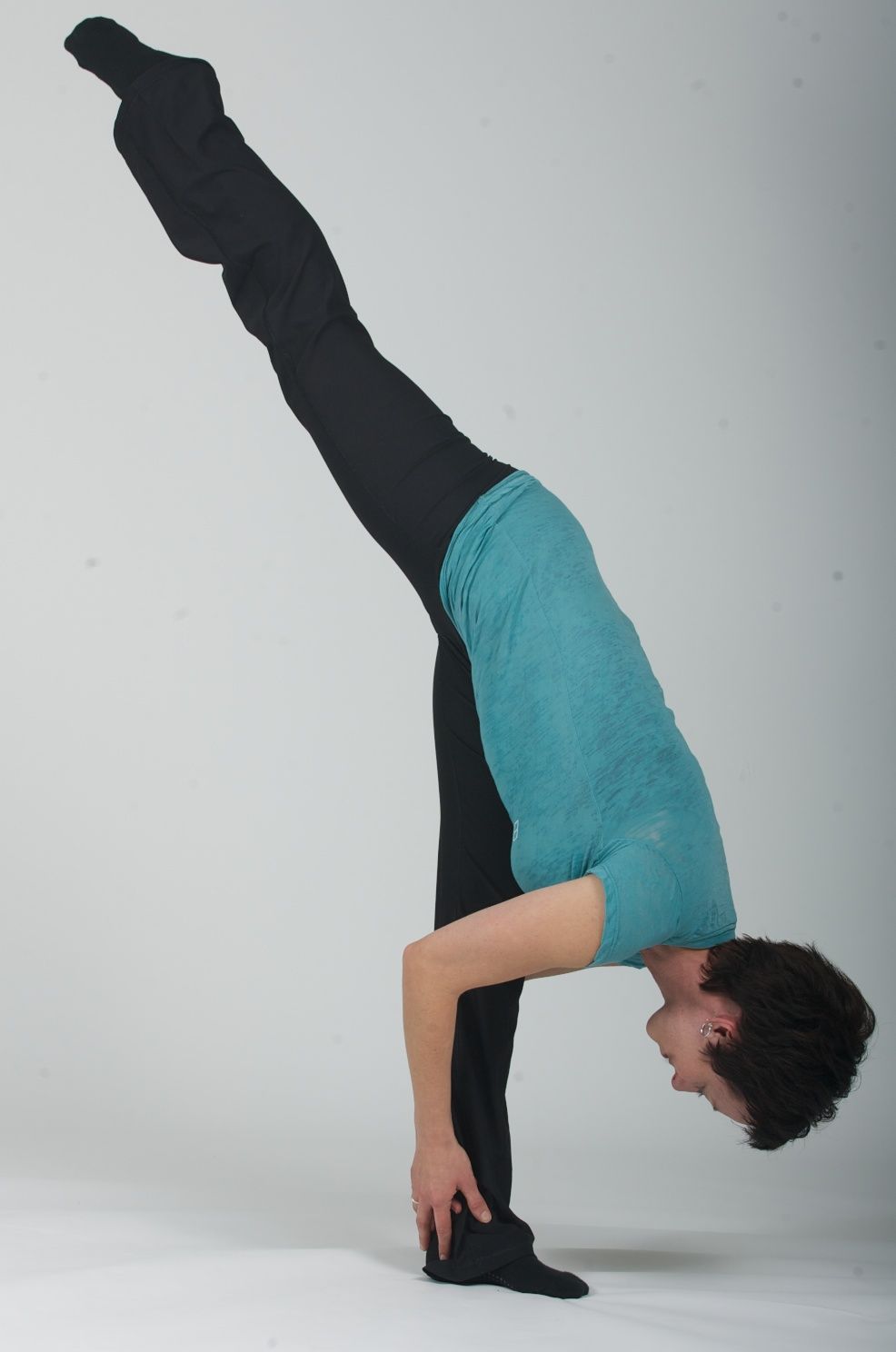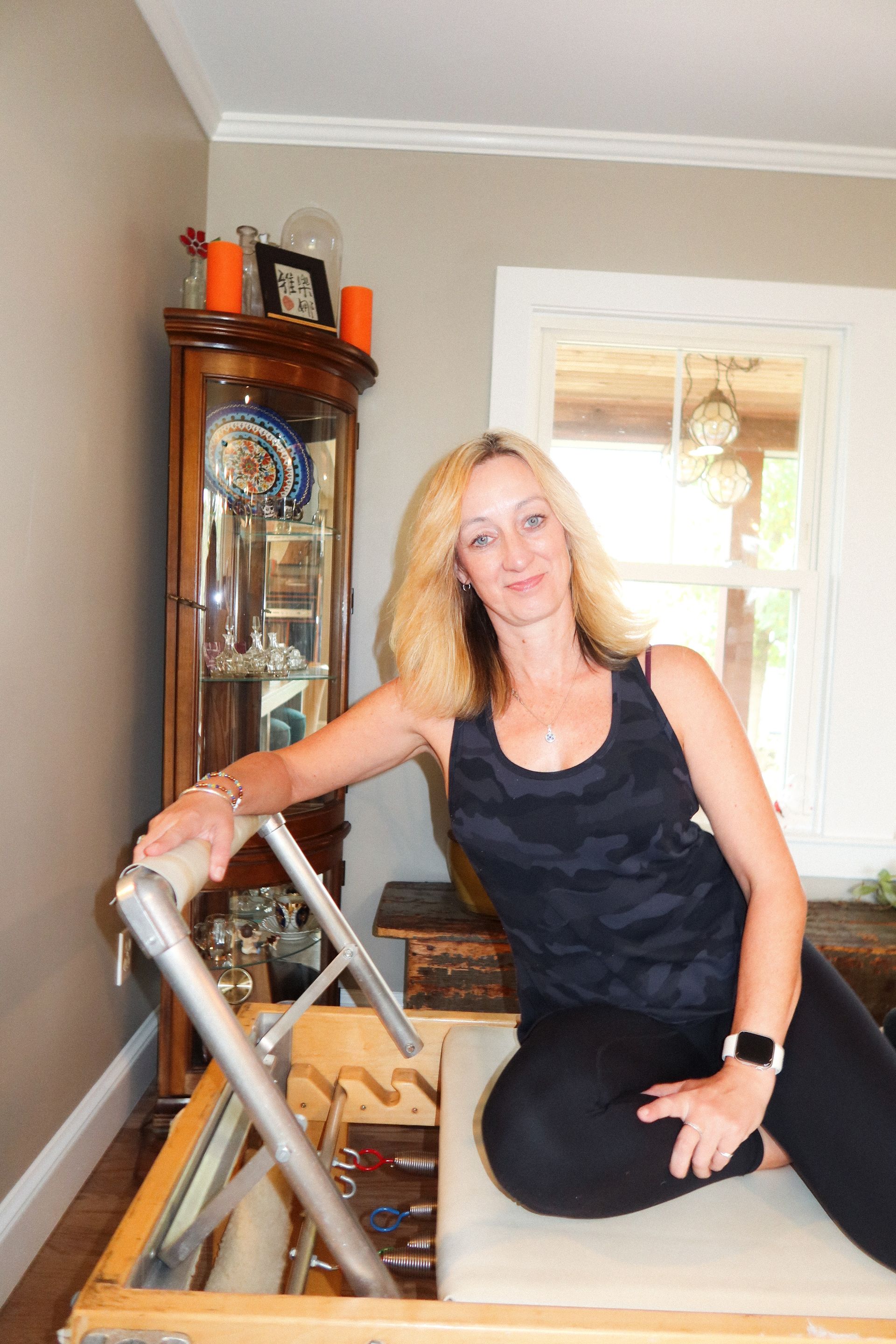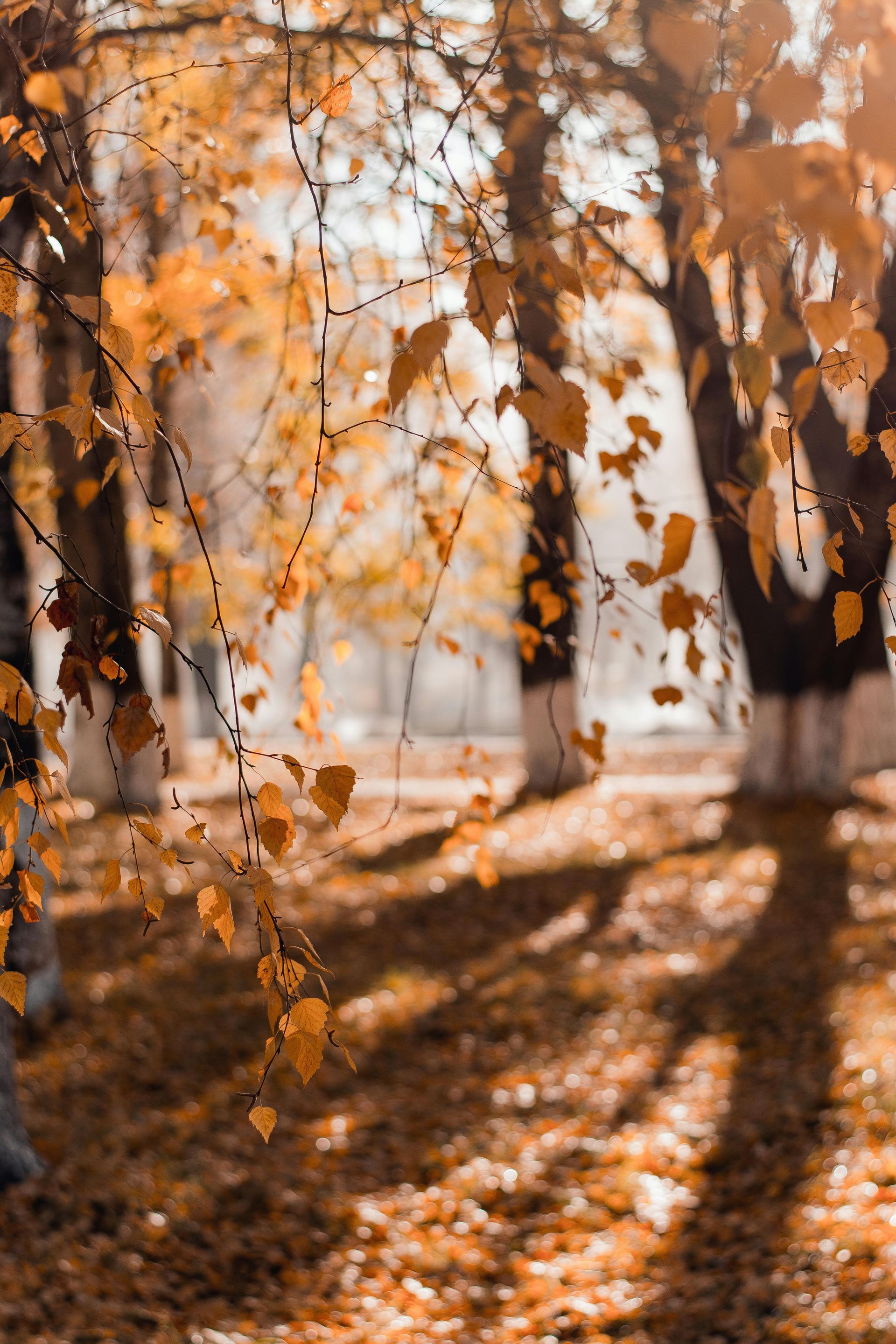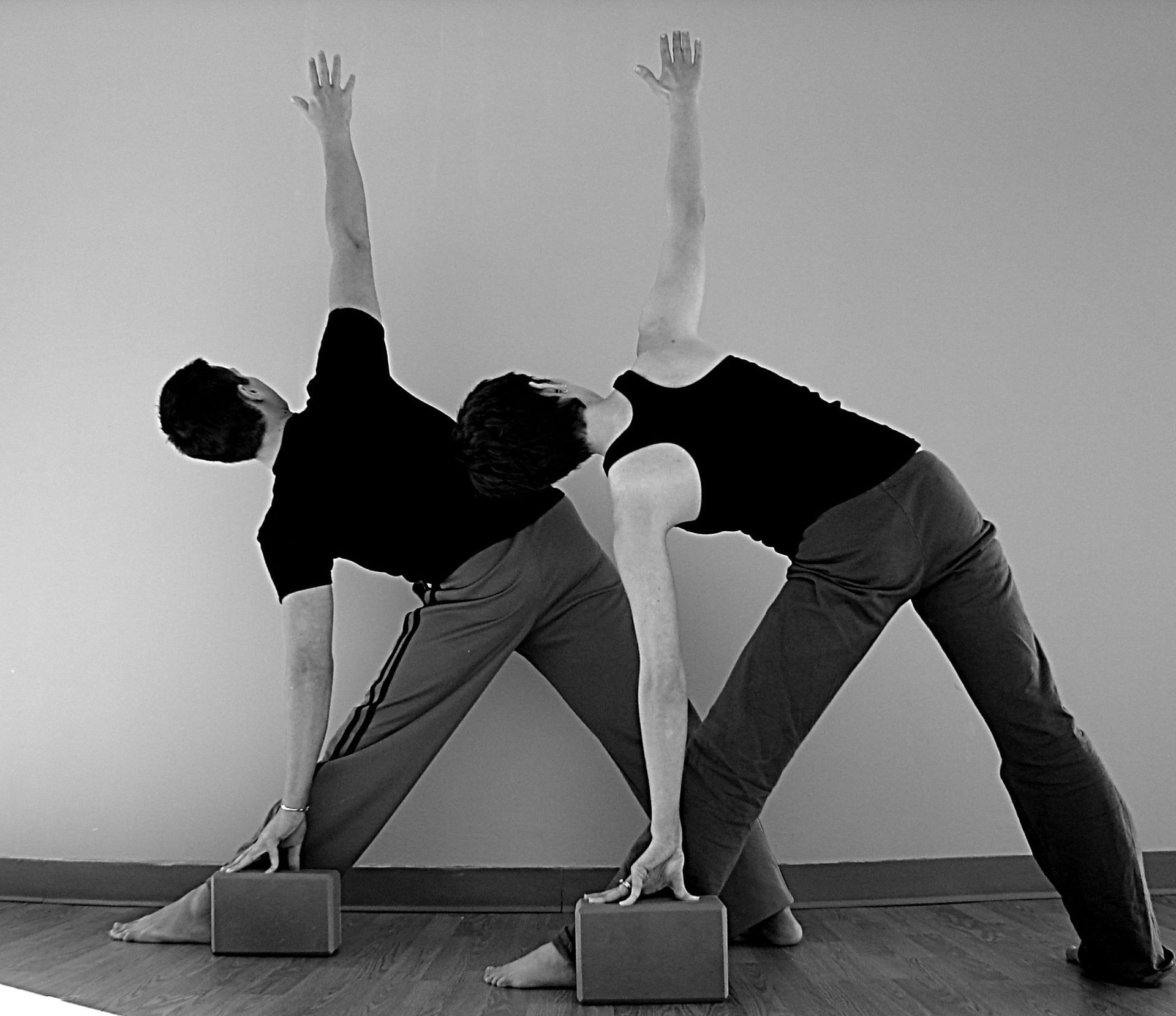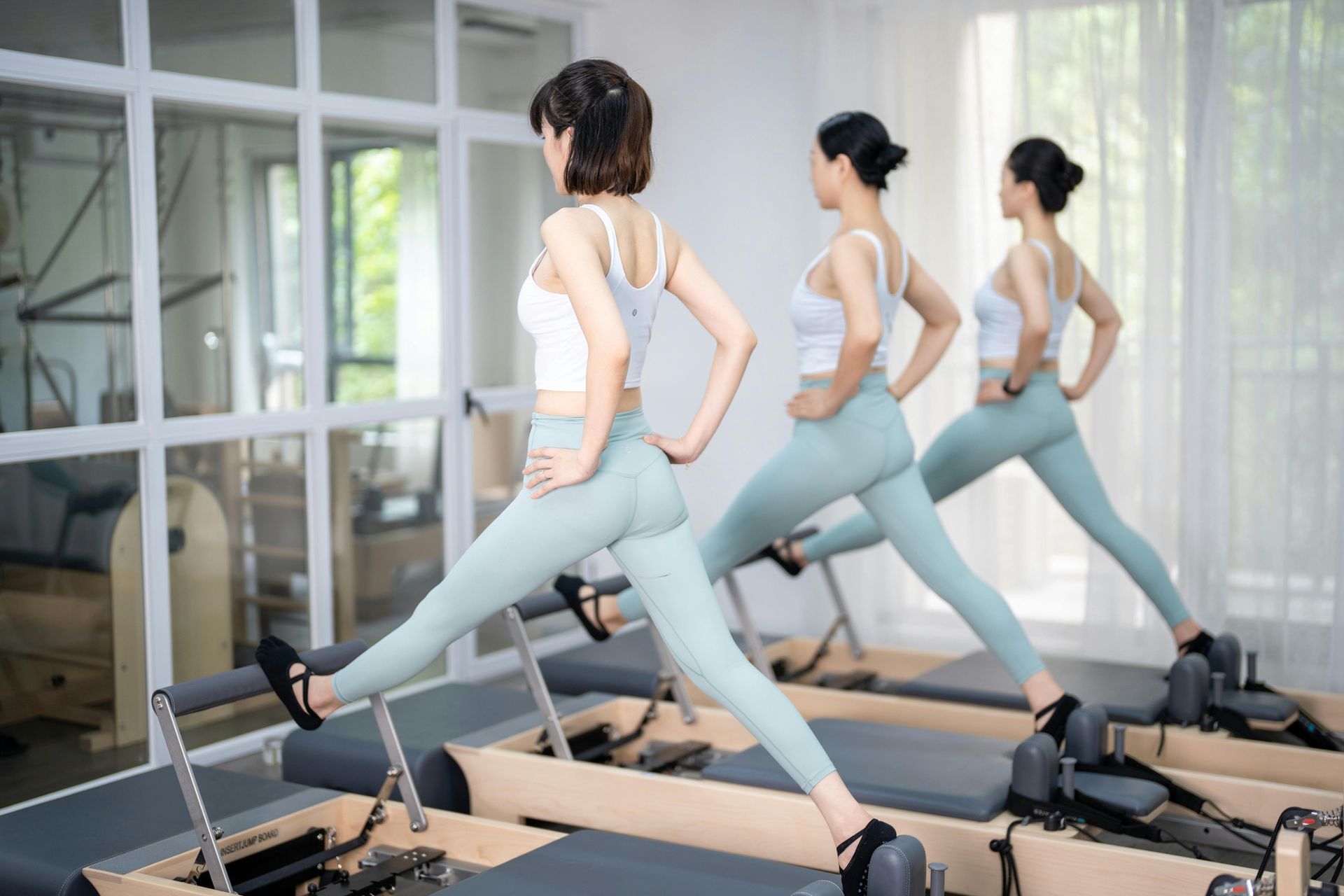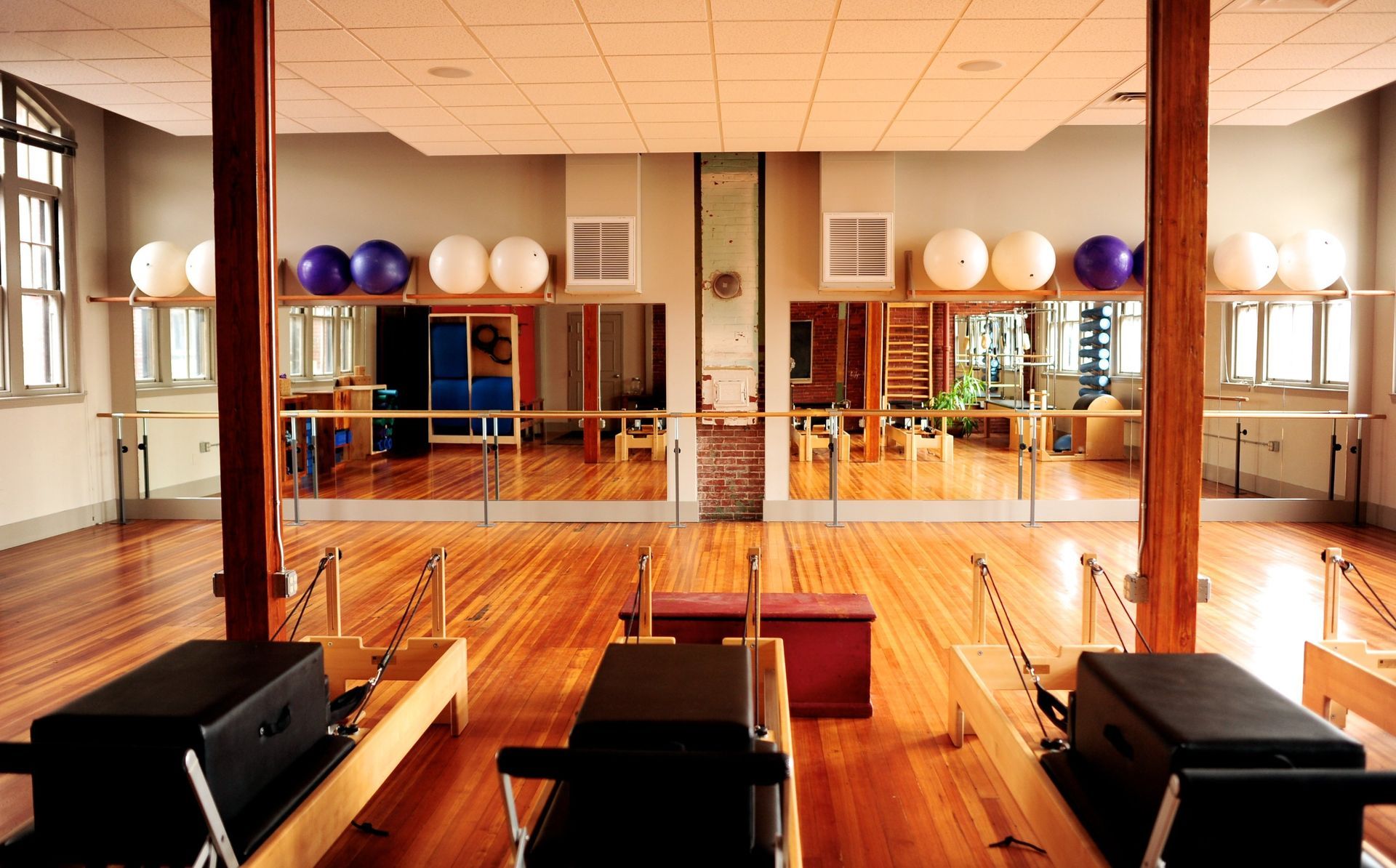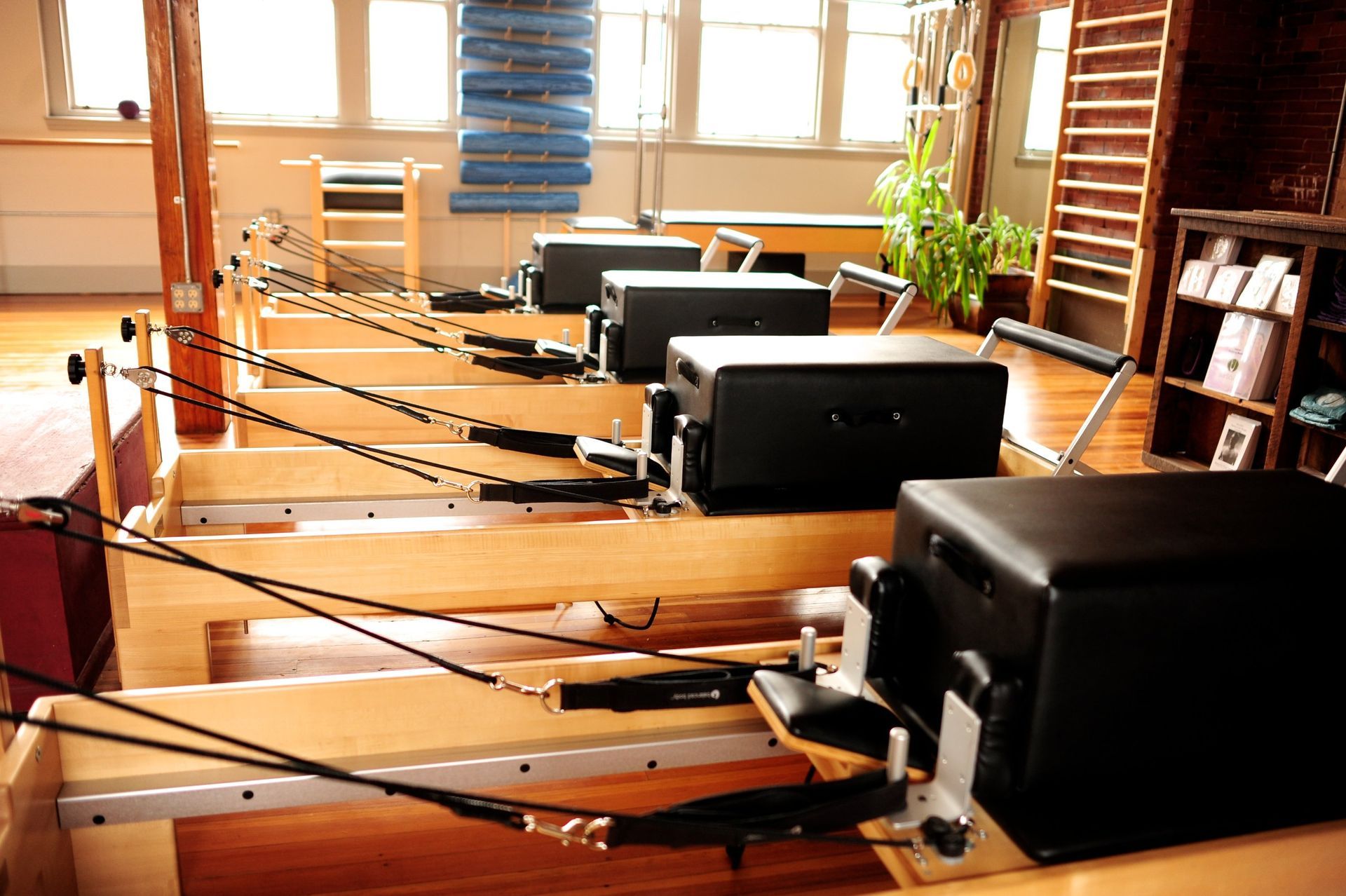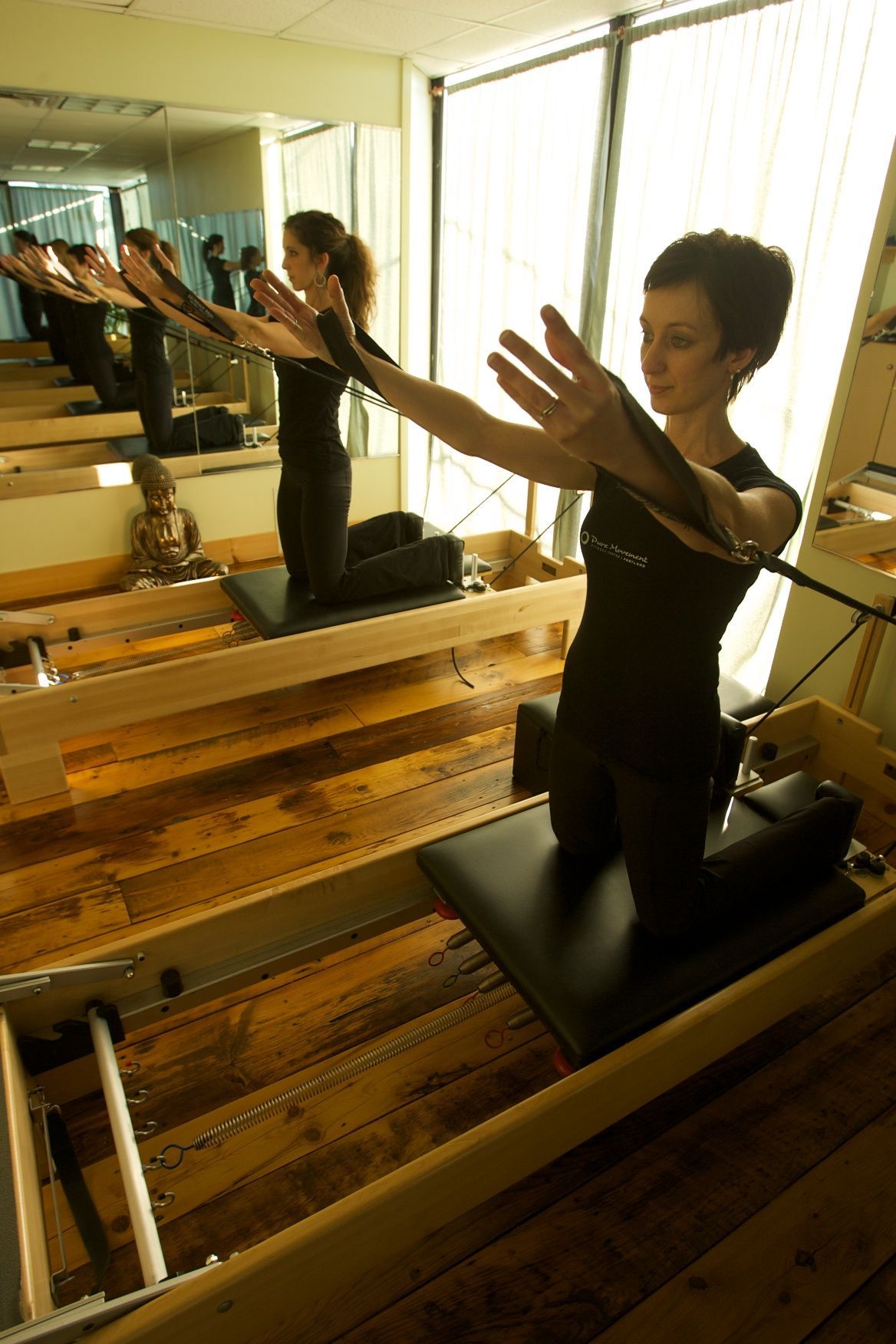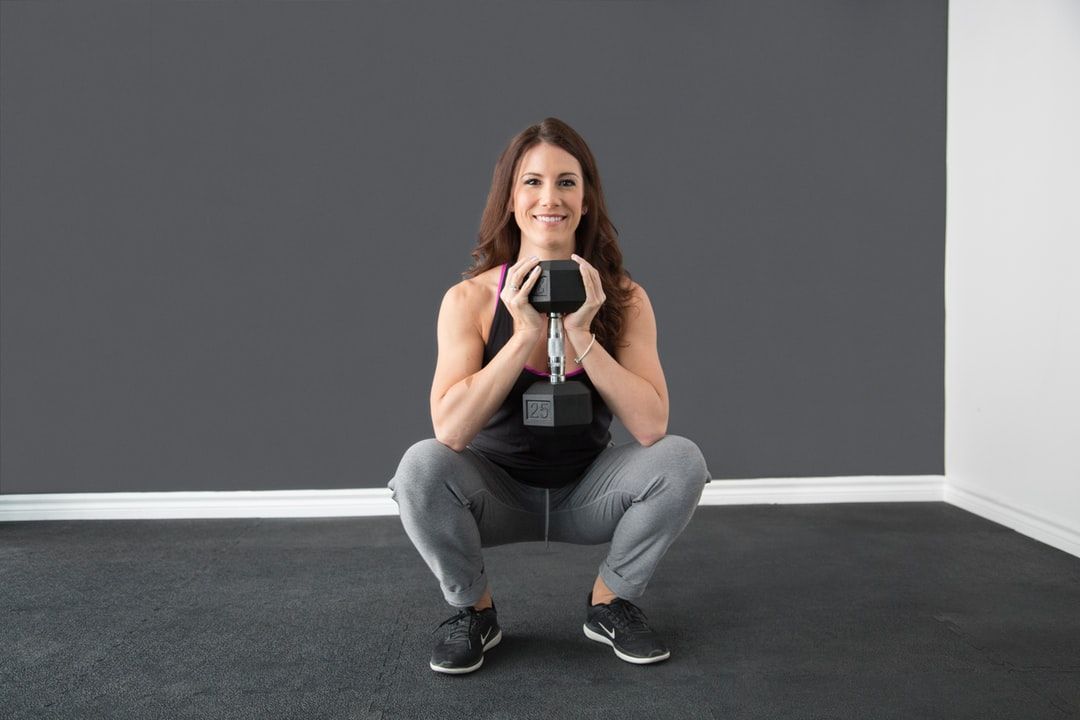Why Curiosity Is The Greatest Tool
What training a 75-year-old client taught me about humility, observation, and the power of not having all the answers
Some stories in our teaching lives feel so layered that they circle back to where we began. This past week, I found myself in one of those full-circle moments.
I was training the parents of a friend I grew up with in the dance world. Her older brother and I did countless community theater productions together, memorizing lines in dark rehearsal halls and joking backstage between costume changes. We even share a birthday — though I’m younger, of course, and always make sure to remind him of that fact.
Their sister, the one closest to me, was my companion in hours of dance classes, rehearsals, and trips to New York City. Our moms tap danced together and were the ones corralling us on those bus rides to Broadway auditions. I have vivid memories of all of us bundled up in the cold, shuffling down city streets with excitement and nerves. Movement and performance connected us all back then, and in some ways it still does.
Fast forward to this week: I was invited to train their parents.
Meeting the Father
The mother was delightful to work with — attentive, cheerful, and open to trying new things. Then it was time to switch to the father.
He’s about 75, slim, and stands just around six feet tall. A former ER doctor, which means he spent decades standing, moving, and making decisions under pressure. No major injuries or ailments to speak of, but he did casually mention that ever since his cataract surgery, he’s been tripping more often. A small comment, but one that I tucked away in the back of my mind.
Because balance issues are so often at the root of falls — and because falls can be devastating for older adults — I started him with something simple: calf raises at the Cadillac.
The Cadillac has a solid upright bar, and with his hands lightly resting there, I asked him to lift both heels.
He did it beautifully. Smooth, controlled, no excessive sway in the spine.
So I added a small progression. I had him lift one foot off the ground and then raise up onto the ball of the other.
On his right side, it wasn’t perfect, but he managed it. A little wobble, but completely within range for someone his age.
Then we switched sides. He lifted his right foot off the ground, planted through the left, and tried to raise his right heel.
Nothing happened.
The Heel That Wouldn’t Lift
At first, I thought he had misunderstood my cue. So I explained again: “Try lifting your heel up, like you’re tiptoeing.”
He tried again. His upper body leaned forward slightly. His right knee bent. His grip on the Cadillac tightened. But that right heel stayed flat, as though glued to the floor.
He frowned, tried again, and the same thing happened.
The effort was there. The intention was clear. But the movement wasn’t.
His daughter — my childhood friend, now an occupational therapist — and I caught each other’s eyes across the room. We shared that silent professional exchange: Wait… why? Hip? Obliques? Something neurological?
The puzzle was right there in front of us. And in that moment, I felt something important rise up in me: curiosity.
The Myth of the All-Knowing Teacher
Let me pause here, because this is the heart of the story.
People sometimes assume that as a movement teacher with decades of experience, I’ve seen it all, or I have an answer for every strange quirk the body reveals. They expect I’ll be able to diagnose, explain, and fix on the spot.
The truth? I don’t know everything. And I don’t pretend to.
In fact, I think one of the most dangerous traps for any teacher — Pilates, Barre, dance, or otherwise — is to believe we should know everything. To cling so tightly to being the expert that we stop being the student.
What keeps me going after 25+ years of teaching isn’t certainty. It’s curiosity.
That man’s heel not lifting wasn’t a “failure” of either of us. It was an invitation to investigate.
Curiosity as a Teaching Tool
Curiosity changes the way we approach teaching. It shifts us from:
- Answer-giving → to question-asking
- Performance → to exploration
- Control → to partnership
When his heel wouldn’t lift, I could have glossed over it. Moved him on to another exercise. Pretended it didn’t matter. But what a missed opportunity that would have been.
Instead, curiosity held me in the moment. It made me slow down, observe his strategies, ask better questions. Was it strength? Coordination? Motor control? A neurological hiccup? Something as simple as long-standing asymmetry?
I didn’t have the answer right then, but curiosity gave us something better: awareness.
What I Saw in Him
I also saw the frustration in his face. He was trying. He was used to his body responding when he told it to move.
As a former ER doctor, I imagine he spent a career being the one with the answers. In that hospital setting, not knowing wasn’t an option. You had to decide, act, fix.
Here, on the Cadillac, the roles flipped. He didn’t have control over his body in that moment, and I didn’t have a neat answer to give him.
And that’s okay.
Because movement is rarely straightforward. Our bodies are layered: muscular, neurological, structural, emotional. Something as seemingly small as a cataract surgery could shift his visual input just enough to alter his balance patterns. Decades of movement habits could have created asymmetry that only reveals itself in specific circumstances. The “why” matters, but the curiosity matters more.
Beyond the Heel: Lessons for All of Us
This session reminded me of several bigger truths:
- Progress isn’t always linear. Sometimes what you uncover isn’t a step forward, but a new question. That’s still progress.
- Clients teach us as much as we teach them. Their bodies, their challenges, their triumphs — each one sharpens our observation skills.
- Curiosity builds trust. Clients don’t need us to have every answer immediately. They need us to be engaged, attentive, and willing to explore alongside them.
The Power of Not Knowing
I sometimes tell new teachers I mentor: Don’t be afraid of the words “I don’t know.”
“I don’t know” doesn’t mean you’re unqualified. It doesn’t mean you’ve failed. It means you’re awake. You’re listening. You’re paying attention to what’s actually happening, not what you expected to happen.
And when “I don’t know” is paired with genuine curiosity, it becomes one of the most powerful tools we have.
It keeps us learning. It keeps us connected. It keeps us humble.
Closing the Loop
We didn’t solve the mystery of the heel that day. His daughter and I tossed around theories, made notes to watch for other patterns, and agreed it was something worth exploring further.
But the real takeaway wasn’t about whether his heel eventually lifted. It was about the process.
Because teaching — whether Pilates, Barre, or anything else — isn’t about always delivering perfect results. It’s about guiding, noticing, and wondering. It’s about creating space for discovery, even when discovery looks like a stubborn heel that won’t lift.
That’s what makes this work endlessly fascinating to me. After all these years, I’m still learning. Still asking questions. Still surprised.
And I wouldn’t have it any other way.
